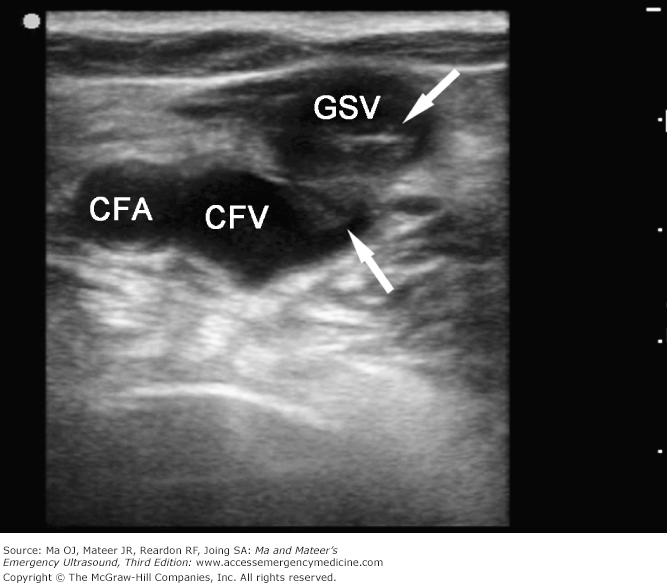[ad_1]
Complex coronavirus funding gets even more confusing by the day.
If you’re just getting a handle on the three main sources of funding for COVID-19’s impact, get ready for a whole new layer of complications.
CARES Act Provider Relief Fund
The U.S. Department of Health and Human Services (HHS) is releasing $20 billion more in Coronavirus Aid, Relief, and Economic Security (CARES) Act Provider Relief Fund money to assist providers in combatting the pandemic. That’s on top of the $30 billion it automatically released last month. Payments began April 24.
HHS will make weekly Relief Fund payments going forward until all funds are dispersed, the agency says on its website. But the move is unlikely to do home care agencies much good — and might even do them harm.
Here’s why: In the first wave, HHS distributed $30 billion based on a provider’s percentage of total Medicare fee-for-service reimbursement in 2019. To calculate that amount, HHS divided 2019 fee-for-service revenues by the total ($484 billion) and multiplied by the amount available ($30 billion).
In the second wave, HHS is distributing $20 billion more by taking all revenues into account, and by using revenues from 2018. It will divide 2018 revenues from all sources by the total 2018 revenues ($2.5 trillion) and multiply that by the total amount available ($50 billion), according to a letter United Healthcare Group sent to providers. Then HHS will subtract what providers have already received in the first wave from the second-wave payment.
In other words, HHS explains on the CARES Act Provider Relief Fund General Distribution Portal, “To calculate your estimated total allocation, divide your ‘Gross Receipts or Sales’ or ‘Program Service Revenue’ by 2.5 trillion and then multiply by 50 billion ((Gross Receipts or Sales)/2,500,000,000,000) * 50,000,000,000). To estimate the amount likely to be received via this portal application, subtract the amount of payments already received from your total estimated total allocation above.”
The decision to change to all revenue sources is aimed at helping hospitals, particularly those serving largely non-Medicare populations such as children’s hospitals, secure adequate funding. But home health and hospice agencies often have a large percentage of their revenues from Medicare. That means home health agencies (HHAs) and hospices are likely to have received as much, or even more, than they are entitled to under the second-wave formula in their first-wave payments based only on Medicare.
While receiving no further funding from the $20 billion Provider Relief Fund pool is disappointing enough, it might get worse. If your first-wave payment is larger than the second-wave total, it is unclear what HHS plans to do — but so-called “clawbacks” are a real possibility. Under a clawback, HHS would take back the portion of money that is higher than the all-revenue-source calculation.
In the meantime, providers should be careful in using the first-wave distribution and understand that they must report to HHS cost and lost revenue information to account for the entitlement to the amount received.
See HHS’ CARES Act Provider Relief Fund General Distribution FAQ.
Accelerated Payments
The Centers for Medicare & Medicaid Services (CMS) has approved more than 21,000 accelerated payment applications totaling $59.6 billion in payments to Part A providers. For Part B suppliers, CMS has approved almost 24,000 applications, advancing $40.4 billion in payments.
CMS recently announced it is putting the brakes on the program, however, including applications still pending. According to an April 26 fact sheet, “CMS will not be accepting any new applications for the Advance Payment Program, and CMS will be reevaluating all pending and new applications for Accelerated Payments in light of historical direct payments made available through the [HHS] Provider Relief Fund.”
CMS indicates that providers should have received enough financial help already. Medicare has paid more than $100 billion through the Advance Payment and Accelerated Payments programs, it says. Plus, $175 billion has been “recently appropriated for healthcare provider relief payments” — $100 billion from the CARES Act Provider Relief Fund and $75 billion from the newly enacted Paycheck Protection Program and Health Care Enhancement Act.
CARES Act Paycheck Protection Program
The Paycheck Protection Program (PPP) and Health Care Enhancement Act, enacted April 24, provides an additional $310 billion for the Small Business Administration (SBA) to resume the PPP. SBA maxed out its previous $349 billion in PPP funding on April 16.
“To further ensure PPP loans are limited to eligible borrowers, the SBA has decided, in consultation with the Department of the Treasury, that it will review all loans in excess of $2 million, in addition to other loans as appropriate, following the lender’s submission of the borrower’s loan forgiveness application,” Treasury Secretary Steve Mnuchin and SB Administrator Jovita Carranza said in an April 28 release. “Regulatory guidance implementing this procedure will be forthcoming.”
The move could be good, in that it will free up more funds for small businesses that actually need the help, observers note. But it will place additional burdens on companies that legitimately qualify for and obtain the funds.
Which Funding Source Is Right for Your Business?
Beware the CARES Act conditions. With new COVID-19 funding available via the replenished Paycheck Protection Program, providers may want to carefully weigh their options for COVID-19 assistance.
Providers won’t have to pay back money from the Small Business Administration’s PPP program or the Provider Relief Fund, as long as they meet certain terms and conditions. In contrast, they’ll need to repay accelerated payments within 210 days, with recoupments starting after day 120.
With PPP loans, companies have to spend the amount within eight weeks, and can spend it only on payroll, rent, utilities, and/or mortgage interest. In contrast, there’s no deadline for CARES Act Provider Relief Fund spending, and it can go for any COVID-19-related expenses or losses.
While the Relief Fund is a bit less structured, it comes with a bevy of documentation requirements, including these two that are worrying providers:
- The Recipient certifies that the Payment will only be used to prevent, prepare for, and respond to coronavirus, and that the Payment shall reimburse the Recipient only for health care related expenses or lost revenues that are attributable to coronavirus.
- The Recipient certifies that it will not use the Payment to reimburse expenses or losses that have been reimbursed from other sources or that other sources are obligated to reimburse.
And the requirements aren’t casual. “All recipients will be required to submit documents sufficient to ensure that these funds were used for healthcare-related expenses or lost revenue attributable to coronavirus,” HHS stresses on its Provider Relief Fund webpage. There will be significant anti-fraud and auditing work done by HHS, including the work of the Office of Inspector General, says the webpage.
Proving your services were coronavirus-related shouldn’t be too tough. “HHS broadly views every patient as a possible case of COVID-19,” it says on its Relief Fund page under the “Who is eligible for initial $30 billion” section. But proving that you have not used “the Payment to reimburse expenses or losses that have been reimbursed from other sources or that other sources are obligated to reimburse” may require more work, experts fear.
To keep their funds, providers must sign their attestations within 30 days and submit paperwork via the CARES Act Provider Relief Fund General Distribution Portal.
More Relief Funding Goes to Rural, High-Impact Areas
Home care misses out in announced CARES Act funding, but more relief targets may await.
The feds are paying $50 billion to Medicare providers for COVID-19 help, based on their revenues. Where is the other $50 billion allocated in the CARES Act going?
On its Provider Relief Fund webpage, HHS indicates at least part of that pool will go to:
- $10 billion: Hospitals in “COVID-19 high-impact areas”
- $10 billion: Rural health clinics and hospitals
- $400 million: Indian Health Service facilities
- An unreleased amount for providers treating uninsured patients
- An unreleased amount for other provider settings
If HHS doesn’t allocate the entire $50 billion in the above categories, home health and hospice agencies might be eligible to receive further Provider Relief Fund payments, experts note.
Rebecca Johnson
Rebecca L. Johnson, BS, is an executive editor, for The Coding Institute newsletters. She has covered the home health and hospice markets for 20 years.
Latest posts by Rebecca Johnson (see all)
[ad_2]
Source link










